How To Value Bitcoin (10 Methods Simply Explained)

Bitcoin’s price goes up and down a lot. One day it is high, and the next day it drops. That’s just how crypto works—and why learning how to value bitcoin is so important. However, as a famous investor named Warren Buffett once said, “Price is what you pay; value is what you get.”In simple words, he means that just because something is expensive doesn’t mean it’s worth that much, and something cheap might be super valuable!
So, how do we know what Bitcoin is worth? If you’re wondering how to value Bitcoin, there are many ways to check, and in this guide, we will show you 10 easy methods to help you understand if Bitcoin’s price is fair.
Let’s break it down!
1. NVT: Like a P/E Ratio for Bitcoin
Ever heard of the P/E ratio? It is a way people figure out if a company’s stock is a good deal. It compares how much the stock costs to how much money the company makes. If that number is low, the stock might be a bargain!
Now imagine if Bitcoin was a company, like PayPal. But instead of looking at the money it makes, we focus on metrics that help us figure out how to value bitcoin.
That’s where the NVT (Network Value to Transactions) ratio comes in, and it’s one of the key ways to learn how to value bitcoin.
Here’s the formula:
NVT = Bitcoin’s market value ÷ Daily transaction volume
In simple terms:
- If lots of people are using Bitcoin (lots of transactions) but the price is low, that’s a good sign.
- If a few people are using it, but the price is high, it might be too expensive.
So, a low NVT = a better deal on Bitcoin.
2.S2F: Treating Bitcoin Like Digital Gold
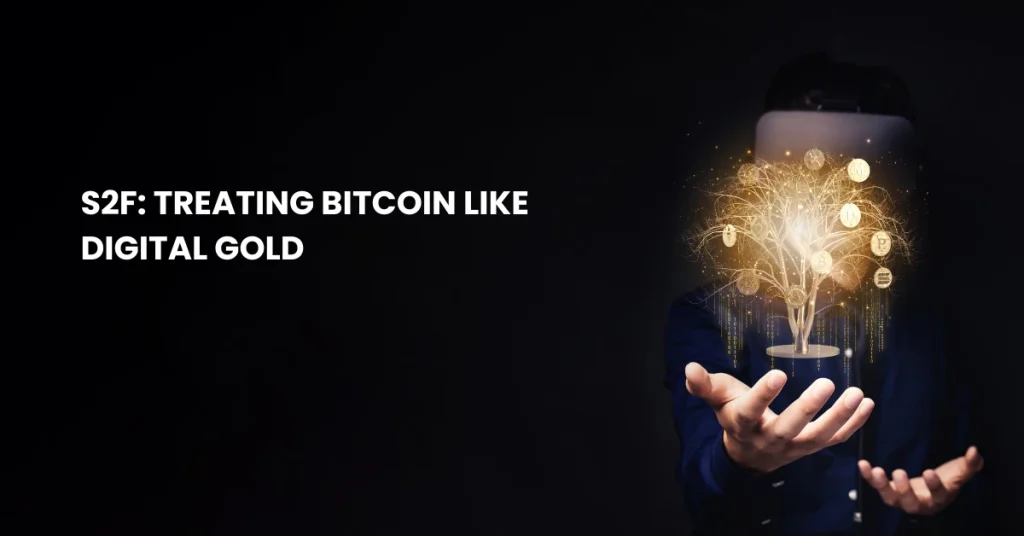
A lot of people think of Bitcoin as digital gold. Why? Because, like gold, there’s only so much of it. It’s limited, and rare things are usually worth more—this is a key idea in how to value bitcoin
To check how rare Bitcoin is, investors use a thing called the Stock-to-Flow (S2F) model. This is another popular approach when learning how to value bitcoin.
Let’s break that down:
Stock = All the Bitcoins that have already been mined.
Flow = How many new Bitcoins will be mined next year?
Here is the formula:
S2F = Stock ÷ Flow
If this number is high, it means Bitcoin is getting harder to get. And when something is harder to get (like gold, diamonds, or rare baseball cards), people often think it’s more valuable.
A famous crypto expert called PlanB used this idea to guess future Bitcoin prices based on how rare it will become over time. His chart showed that as Bitcoin becomes harder to mine, its price might go up.
Pretty cool, right?
3. Hash Rate: The Power Behind Bitcoin
Let’s talk about mining—but not the digging-in-the-ground kind. Bitcoin mining is when super-powerful computers solve puzzles to keep the Bitcoin system running. The amount of computer power used is called the hash rate.
When the hash rate is high, it means:
- Lots of miners are working hard.
- The Bitcoin network is strong and secure.
- Miners think Bitcoin is worth it.
Why would miners use so much energy and money to mine Bitcoin? Because they believe Bitcoin is valuable. So if the hash rate is growing, that’s a good sign that Bitcoin might be worth more than its current price. This is another indicator you can use when considering how to value bitcoin.
4. Number of Bitcoin Wallet Addresses
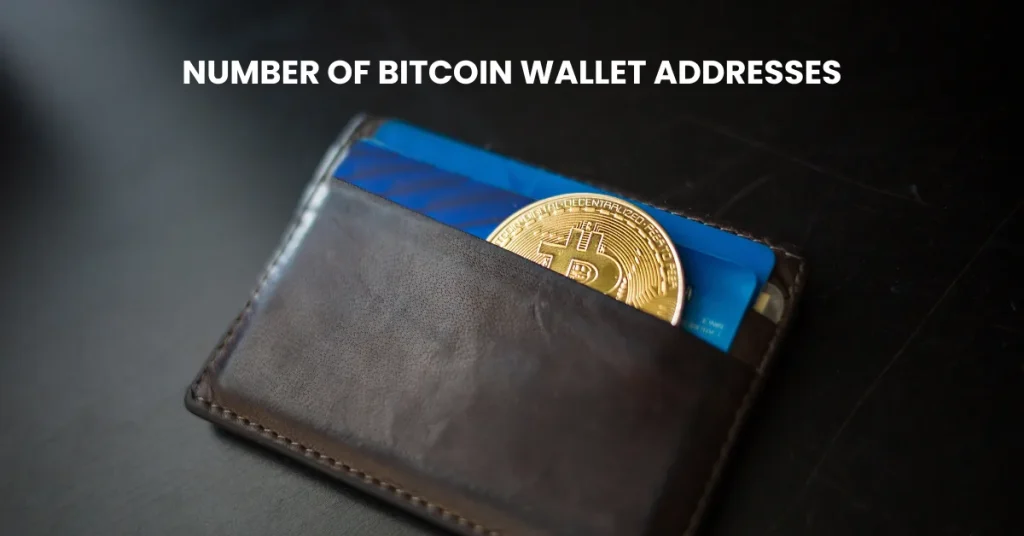
Let’s start with something simple: wallets. A Bitcoin wallet is like a digital bank account where people keep their bitcoins.
Now, here is the cool part:
The more wallets there are, the more people are using Bitcoin.
And if more people are using something, it usually means it’s more valuable. Just like how a phone is more useful when all your friends have one too, this is another way to think about how to value bitcoin. So if the number of Bitcoin wallets keeps growing, that’s a good sign that Bitcoin’s value might be going up too.
More wallets = more users = stronger Bitcoin network
It’s kind of like a club—if everyone wants to join, it becomes more exciting and important! This metric is often used by analysts who want to know how to value Bitcoin.
5. Bitcoin 1+ Year HODL Wave
Have you ever heard the word HODL? It’s a fun way of saying, “Hold on for dear life!” In the Bitcoin world, it means people are not selling their bitcoins—they are holding tight, no matter what.
This next method looks at how many bitcoins have not moved from their wallets in over a year. It is called the 1+ Year HODL Wave.
Here’s why it matters: If someone has not moved their Bitcoin in a long time, it probably means they don’t want to sell.
When more people hold onto Bitcoin, it often means they believe it is valuable and worth keeping.
What the chart shows:
- In a bull market (when prices are rising fast), the HODL Wave usually goes down because people start selling to make profits.
- In a bear market (when prices fall), the HODL Wave goes up because people choose to wait it out instead of selling at a loss….
So, a firm HODL Wave = strong belief in Bitcoin’s future.
More HODLers = more confidence = stronger value
If you’re researching how to value bitcoin, tracking the HODL wave can provide helpful insights.
6. Metcalfe’s Law
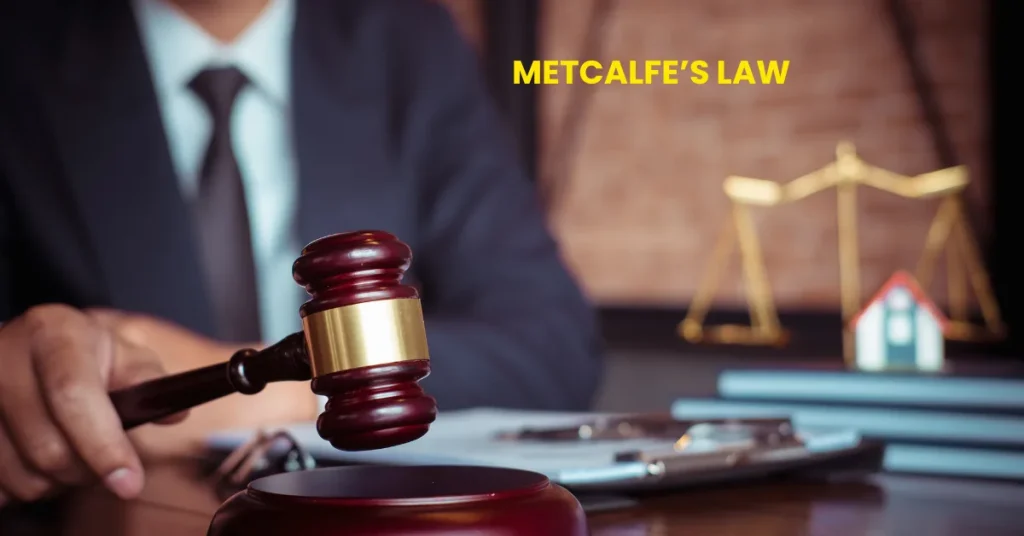
Here is a fun one from the tech world. Back in the 1980s, a smart guy named Robert Metcalfe came up with a rule called Metcalfe’s Law. It says:
The more people use a network, the more valuable it becomes.
Think about it like this:
- If you are the only person with a phone, it is not useful.
- If all your friends have phones, now it is super useful!
- Same with social media—the more users, the better.
Now apply that to Bitcoin. If a few people use Bitcoin, it would be cool. But if millions of people use it, it becomes super valuable. Everyone wants to be part of it.
And guess what? You can connect Metcalfe’s Law to the number of Bitcoin wallet addresses (remember point 5?). The more wallets, the more users. The more users, the more valuable the network.
Big network = Big value
Metcalfe’s Law is a classic framework when considering how to value Bitcoin from a network perspective.
7. Crypto Fear and Greed Index
In the world of Bitcoin, there is a famous quote by investor Warren Buffett:
“Be fearful when others are greedy, and be greedy when others are fearful.”
What does that mean?
- If everyone is excited and rushing to buy Bitcoin, maybe it’s getting too expensive.
- But if everyone is scared and selling fast, maybe it’s a great time to buy.
That’s where the Crypto Fear and Greed Index comes in. It shows you how scared or greedy people are in the crypto market.
- Closer to 100 = super greedy (people are buying like crazy)
- Closer to 0 = super fearful (people are panic-selling)
The index uses things like:
- Price movements
- How fast Bitcoin is moving
- Bitcoin’s dominance in the market
- What people are saying on social media
So instead of guessing what people feel, you can check the index and make smarter decisions about how to value Bitcoin.
8. MVRV Z-Score
Here’s a little trick using data from the blockchain to see if Bitcoin is cheap or expensive.
First, let’s break down the fancy words:
- MV = Market Value (the total value of all bitcoins today at the current price)
- RV = Realized Value (what people paid when they bought those bitcoins)
So if we compare today’s price (MV) with what people paid in the past (RV), we can tell:
- If Bitcoin is cheaper than what most people pay, it could be a good deal.
- If it’s way more expensive, maybe it’s overpriced.
That’s the MVRV Ratio. And when we add some extra math to make it more reliable, we get the MVRV Z-Score.
Think of it like this:
You are shopping for a house. If every neighbor paid $300,000 and you find one for $200,000, you just got a bargain.
That’s exactly what the MVRV Z-Score helps you spot—Bitcoin bargains.
It’s a useful metric for those learning how to value Bitcoin.
9. Bitcoin Open Interest
Let’s imagine the Bitcoin world like a big game with two teams:
- Team 1: Investors who buy Bitcoin and hold it for a long time.
- Team 2: Traders who try to make quick profits by using something called leverage (that means borrowing money to make bigger bets).
Now, here is the problem:
When too many traders use high leverage, it gets risky. If the price drops even a little, they can lose everything fast and are forced to sell their Bitcoin quickly.
This can cause big price drops—sometimes 20% to 40% in just days.
The way we track this is by looking at something called open interest. That’s the number of open trading contracts in Bitcoin’s derivatives market.
- Low open interest = less hype, possibly a better time to buy
- High open interest = more hype and risk of fast crashes
So this method helps us see if the market is calm or overheated, and is another factor to consider when you want to know how to value Bitcoin.
10. Technical Analysis (TA)
Last but not least, we have Technical Analysis, or just TA.
TA means using charts, patterns, and price trends to guess what Bitcoin might do next. You have probably seen traders drawing lines and shapes on charts—that’s TA. And guess what? It works pretty well for Bitcoin because lots of people use it.
For example, if a lot of people see a chart showing that Bitcoin might go up soon, many of them start buying. That buying pushes the price up—just like the chart predicted.
TA doesn’t guarantee anything, but it gives you clues about when it might be a good time to buy or sell, which is essential when you’re figuring out how to value bitcoin.
If you’re figuring out how to value bitcoin, technical analysis is a tool you can’t ignore.
Conclusion: How to Value Bitcoin
So, how do you figure out what Bitcoin is worth?
The truth is, there’s no single perfect way to do it. Bitcoin is new, different, and always changing. That’s why it helps to look at a mix of methods, like:
- NVT Ratio – Is Bitcoin being used?
- Stock-to-Flow – How rare is it?
- Hash Rate – Are miners working hard?
- Wallet Addresses – Are more people joining?
- HODL Wave – Are people holding tight?
- Metcalfe’s Law – Is the network growing?
- Fear and Greed Index – What are people feeling?
- MVRV Z-Score – Is it cheap or expensive?
- Open Interest – Are traders going too far?
- Technical Analysis – What do the charts say?
Each method gives you a different piece of the puzzle. When you use them together, you get a much better idea of when Bitcoin might be undervalued or overpriced, which is the heart of how to value Bitcoin
Just remember: even the best tools don’t predict the future perfectly. But using them can help you make smarter choices and avoid buying at the wrong time.
If you want to master how to value bitcoin, use these methods together for a more complete picture.
Read also :
FAQs
1. What is the best way to know if Bitcoin is cheap or expensive?
There’s no single best way. That’s why smart investors look at different tools like the Fear and Greed Index, MVRV Z-Score, and Technical Analysis. If any of these say Bitcoin is undervalued, it might be a good time to buy. If you’re asking how to value Bitcoin, always use a combination of these tools.
2. What is MVRV Z-Score in simple words?
It tells you if Bitcoin’s current price is high or low compared to what people paid in the past.
If the score is low, Bitcoin might be undervalued. If it’s high, it could be overpriced.
3. Why do Bitcoin prices crash so fast sometimes?
It usually happens when too many traders use leverage (borrowed money). If the price drops even a bit, they’re forced to sell fast, sswhich shows how important it is to know how to value bitcoin properly



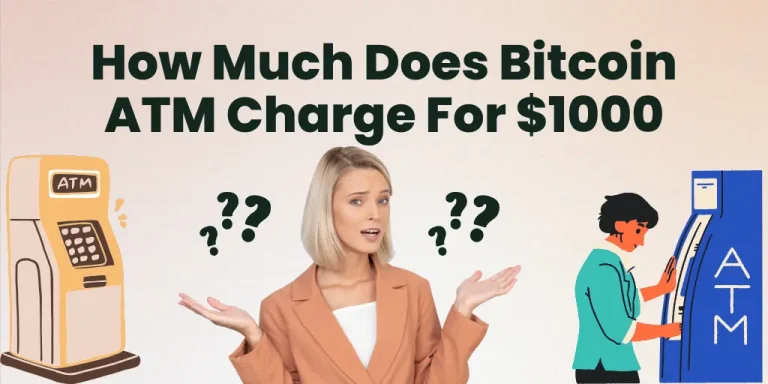
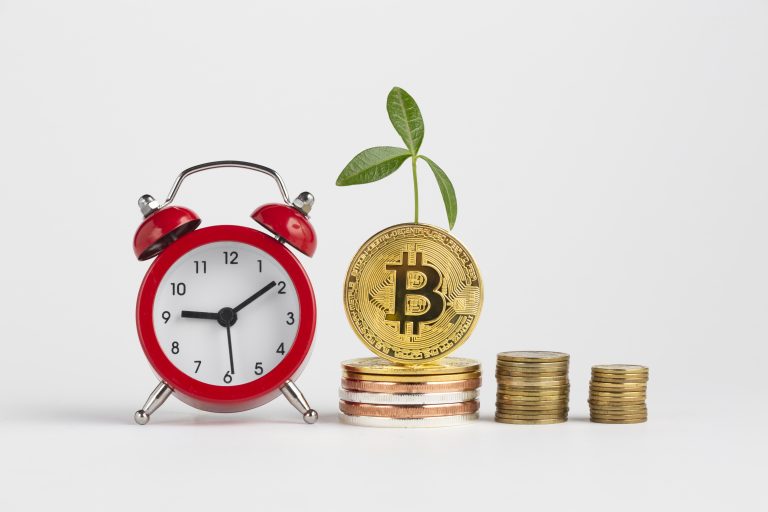


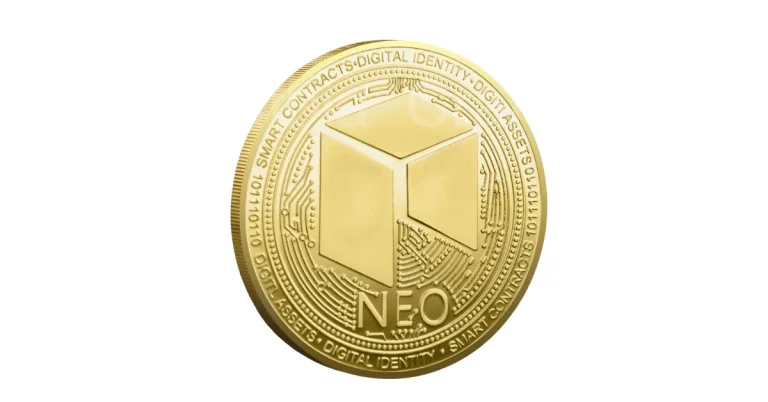



3 Comments